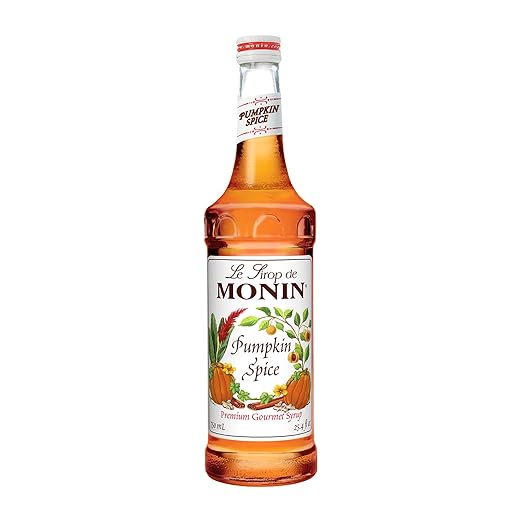Breakfast at Barney Greengrass is a true classic. The place has been on the Upper West Side for almost 100 years, and everything from the atmosphere to the menu is as old school New York as it gets. I’ve been there many times, and I usually stick to a bagel with whitefish salad or Nova and cream cheese. But when Steve and I were there a few weeks ago, he suggested that we order caviar. At first it sounded a little too fancy for breakfast, but he didn’t have to work very hard to convince me. The staff asked if we wanted latkes with it, and of course we did. Latkes are a kind of potato pancakes, and they’re perfect with caviar.
It was a generous serving, so we went all in on latkes and caviar and enjoyed every bite. It was one of those breakfasts I know I’ll remember for a long time. Honestly, I can’t think of a single thing that would have made it better. If you’re in the mood for a little weekend luxury in casual settings, head to Barney Greengrass. Now.
Before the latkes hijacked our breakfast plans, we had already ordered a bagel with whitefish salad and Nova with scrambled eggs. It was way too much food, so the bagel came home with us in a takeaway box and was eaten for breakfast the next day. Not the worst way to start a morning.
Barney Greengrass, 541 Amsterdam Ave, New York, NY 10024, United States
